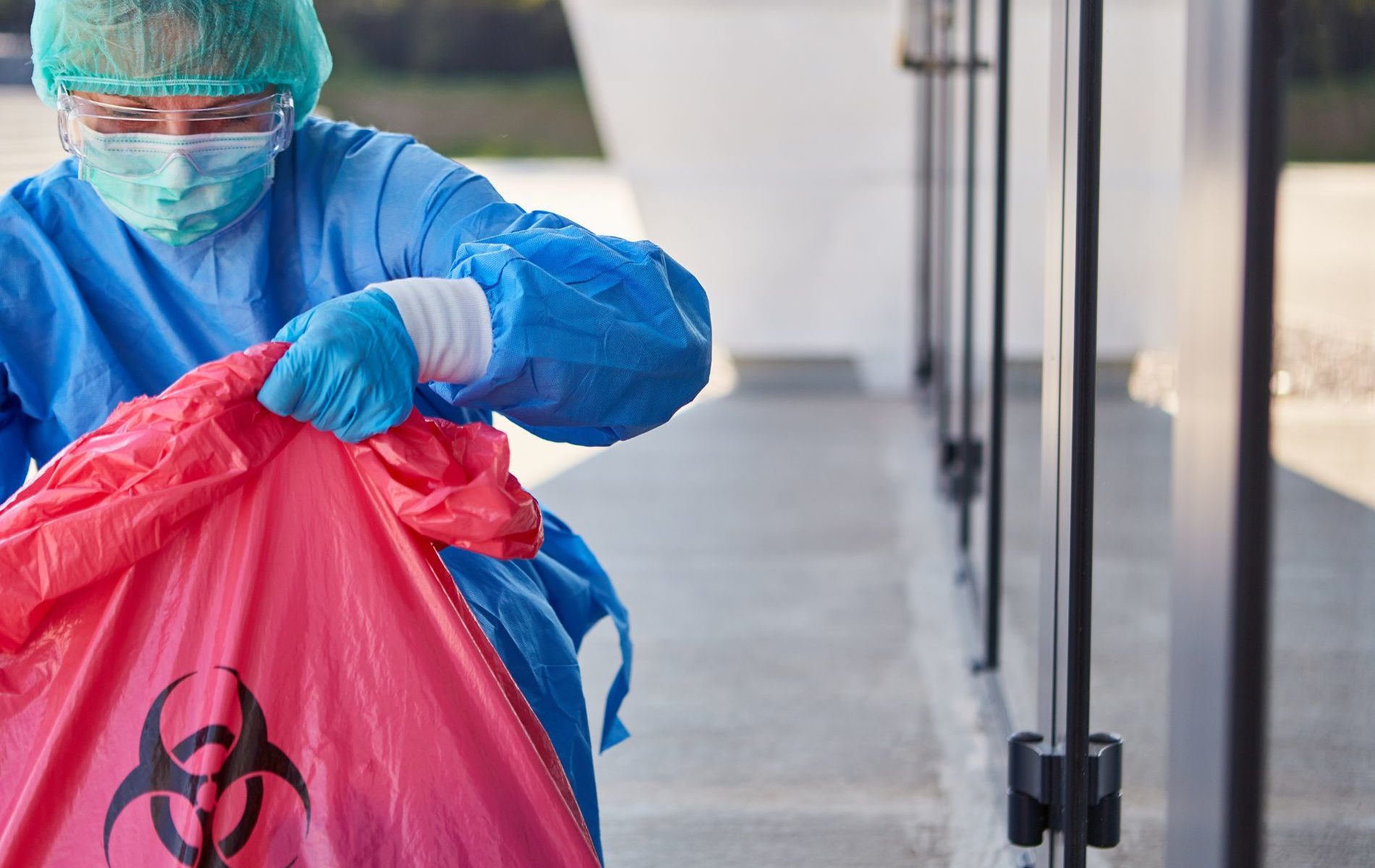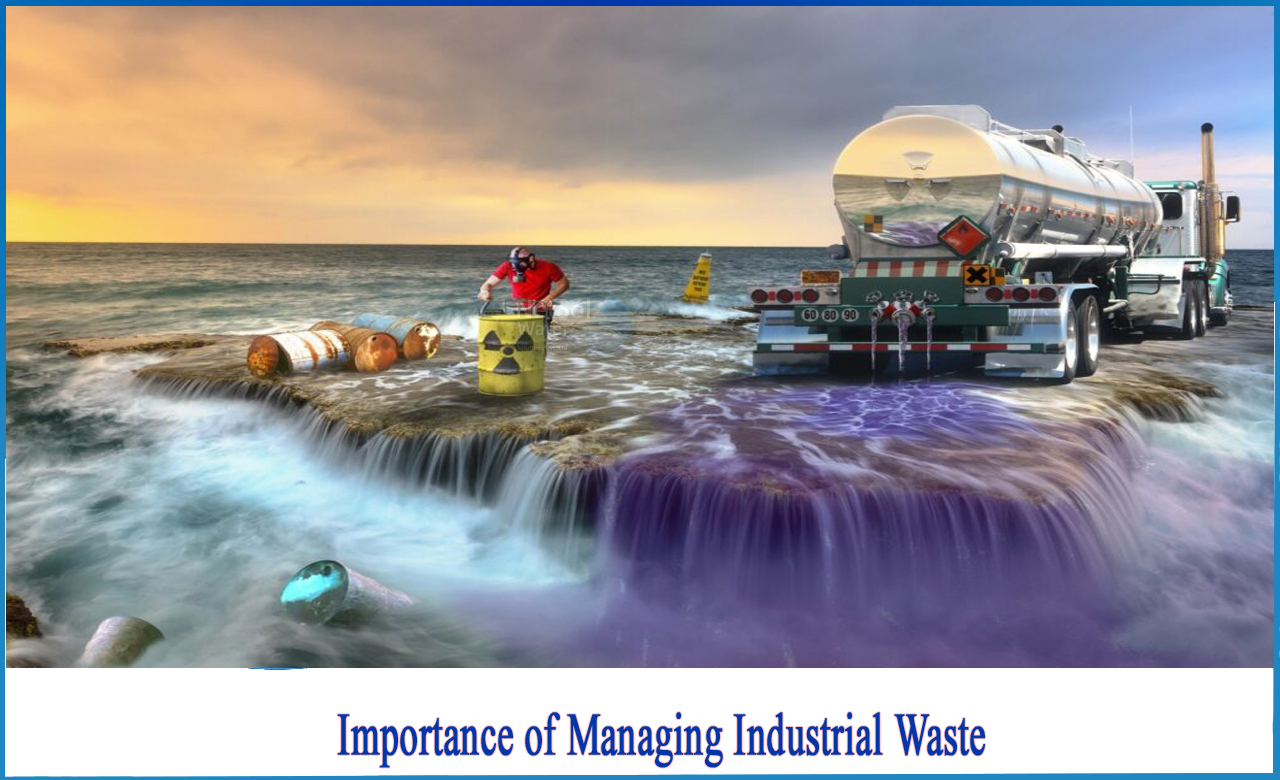Some Known Questions About Reclaim Waste.
Some Known Questions About Reclaim Waste.
Blog Article
All about Reclaim Waste
Table of ContentsSome Known Incorrect Statements About Reclaim Waste What Does Reclaim Waste Do?Reclaim Waste for DummiesThe Reclaim Waste StatementsOur Reclaim Waste PDFs
Residential sewage waste refers to the waste and products from a household septic storage tank. The correct monitoring and disposal of domestic sewage waste call for liquid waste to be transferred to a sewer therapy plant where the correct methods and equipment are used to cleanse and dispose of waste.
Commercial waste frequently consists of prospective hazards, such as combustible products or a blend of fluid and strong waste items, and calls for an advanced and in-depth disposal process. The disposal of commercial waste usually entails the purification of waste prior to transportation to ensure secure and correct disposal. Hazardous waste is produced from byproducts and drainage of industrial procedures and production.
This type of waste can not make use of the exact same sewer monitoring transportation or procedures as septic or commercial fluids. The commercial waste management process needs the examination and testing of liquid waste before it undertakes the disposal process (liquid waste disposal). Drainage waste is the fluid waste that comes from overflow and excess stormwater in very inhabited locations or cities
Overflow waste can trigger contamination and flooding if not handled effectively. Ensuring appropriate waste monitoring can protect against catastrophes and lower ecological harm.
How Reclaim Waste can Save You Time, Stress, and Money.
Get in touch with PROS Solutions today to find out about our waste monitoring and disposal services and the correct means to care for the liquid waste you generate.
(https://www.gaiaonline.com/profiles/reclaimwaste1/46907679/)This so-called 'wastewater' is not only a crucial source yet, after therapy, will be launched to our land, rivers or the ocean. Used water from commodes, showers, bathrooms, kitchen sinks, washings and industrial procedures is recognized as wastewater.

water utilized to cool down equipment or tidy plant and tools). Stormwater, a kind of wastewater, is overflow that moves from agricultural and metropolitan locations such as roof coverings, parks, gardens, roadways, courses and gutters into stormwater drains pipes, after rain. Stormwater streams neglected straight to local creeks or rivers, eventually reaching the ocean.
5 Simple Techniques For Reclaim Waste
In Queensland, many wastewater is treated at sewage treatment plants. Wastewater is delivered from residential or commercial sites through a system of drains and pump terminals, called sewerage reticulation, to a sewer treatment plant. City governments develop, keep and operate most sewage therapy plants. Operators are accredited under the Environmental Protection Act 1994 to release cured wastewater at an appropriate ecological criterion right into rivers.
The Division of Natural Resources encourages city governments regarding managing, operating and maintaining sewage systems and therapy plants. In unsewered areas, neighborhood governments may require householders to set up specific or family sewage therapy systems to deal with domestic wastewater from commodes, kitchen areas, shower rooms and laundries. The Department of Natural Resources authorizes using household systems when they are verified to be efficient.
In some brand-new class, treatment of some stormwater to get rid of clutter, sand and gravel has started using gross toxin traps. Wastewater treatment takes place in four phases: Removes solid issue.
Makes use of small living microorganisms knows as micro-organisms to break down and get rid of remaining dissolved wastes and fine particles. Micro-organisms and wastes are incorporated in the sludge.
Little Known Facts About Reclaim Waste.
Nutrient removal is not offered at all sewage therapy plants since it needs costly specialist equipment. Clear liquid effluent created after treatment might still include disease-causing micro-organisms - liquid waste removal melbourne.

This typically implies wastewater has to be dealt with or pollutants eliminated prior to it can be released to waterways. The majority of wastewater moves into the sewage system. Under the Act, neighborhood governments provide authorizations and permits for environmentally relevant tasks (Periods) including wastewater releases that might have my explanation a local impact. The division provides approvals and licences to Ages involving wastewater launches that might have a regional or statewide effect.
Getting The Reclaim Waste To Work
Or else, examples are considered research laboratory evaluation. Frequently several tests are needed to develop the degrees of each of the different pollutants such as oils, heavy steels and chemicals in water. Surveillance offers factual information concerning water quality and can confirm that permit problems are being met. The information obtained with tracking provides the basis for making water top quality choices.
Report this page